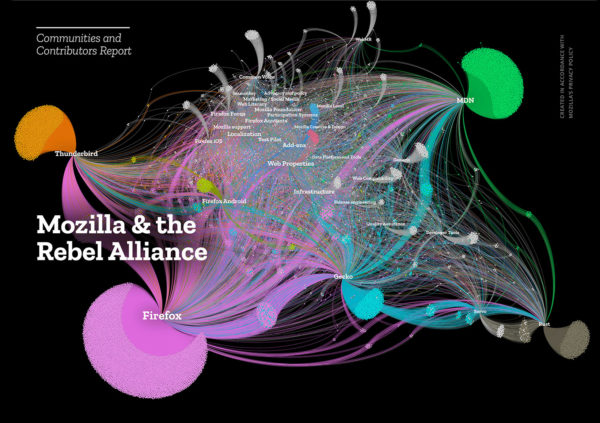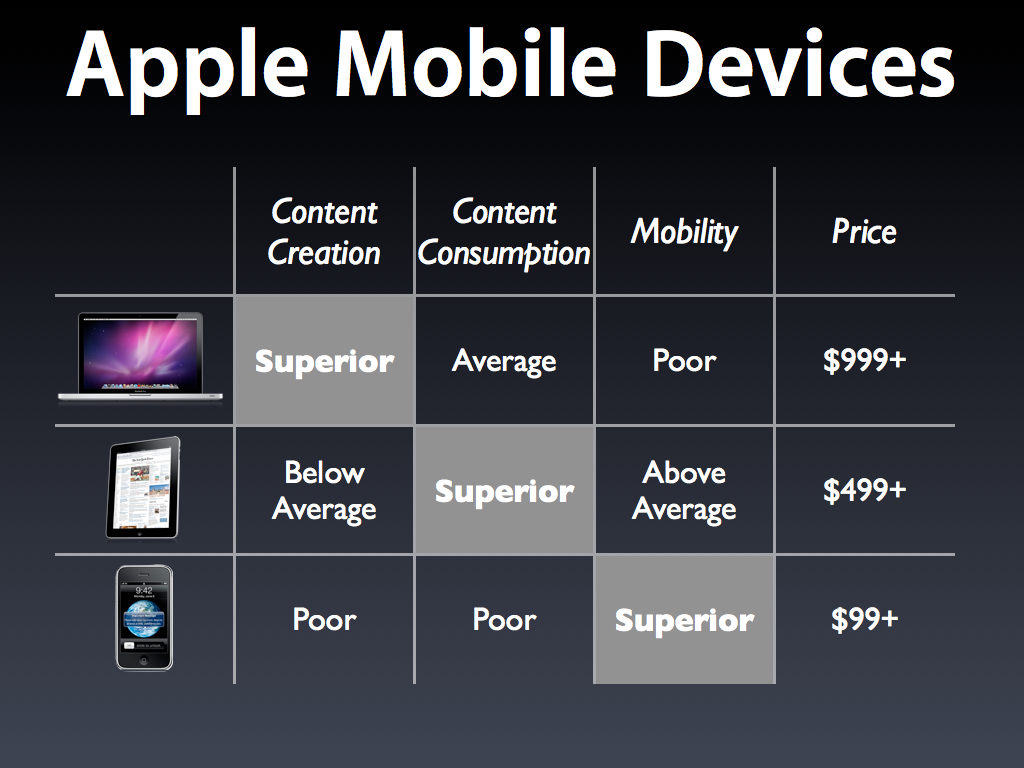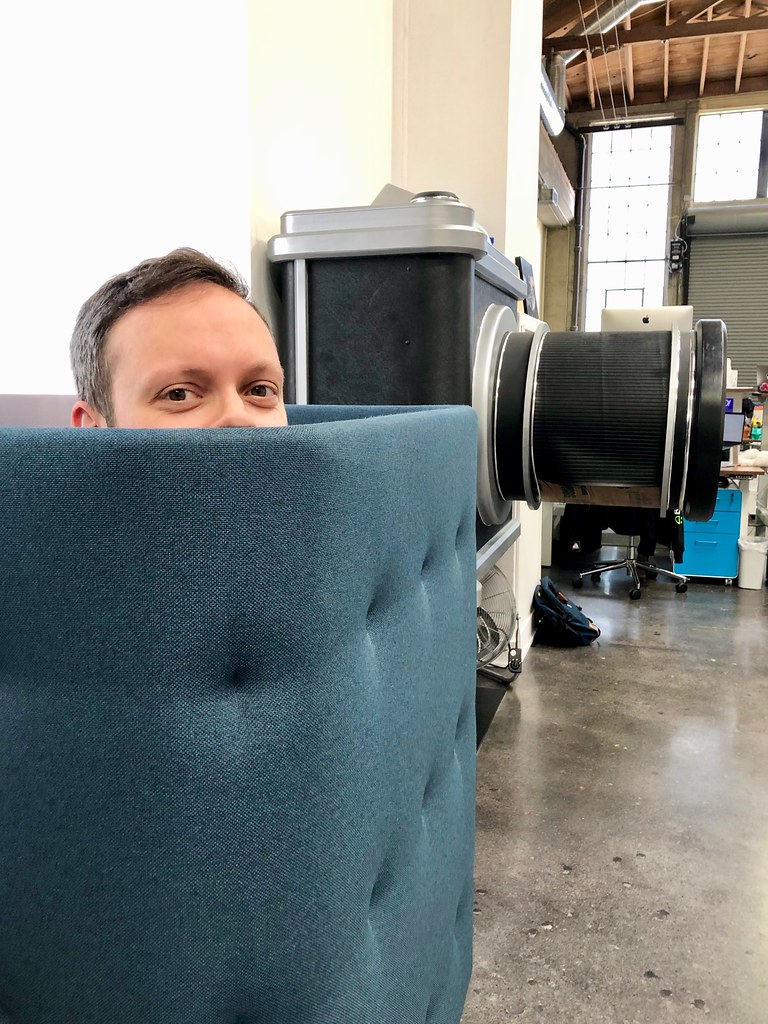We’re trying to decarbonize our family as much as we can. We’re not kidding ourselves that this will move any global-warming needles. But sharing the story might, a little bit. [Updated mid-2021 with a bit of progress: No more gas vehicles, heat pumps in production.]
Those who worry a lot about the climate emergency, and who wonder what they might do about it, are advised to have a look at To fix Climate Change, stop being a techie and start being a human by Paul Johnston (until recently a co-worker). It’s coldly realistic, noting that the Climate Emergency is not your fault and that you can’t fix it. Only radical large-scale global political action will, and his recommendation is that you find an organization promoting such change that meets your fancy (there are lots, Paul provides a helpful list) and join it.
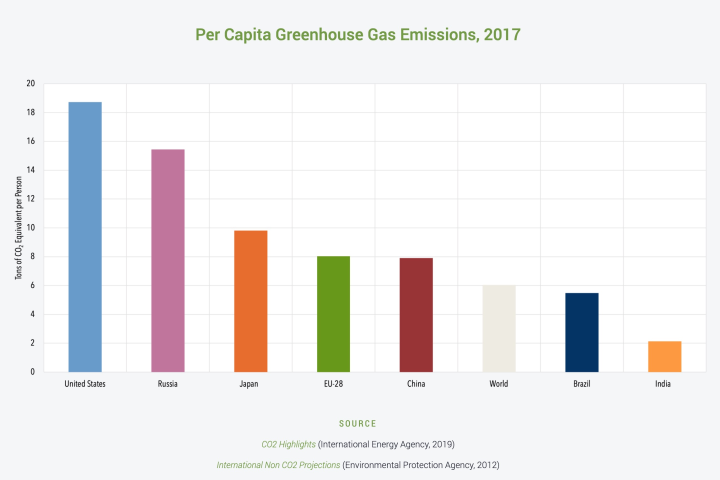
Such intensity of change is possible. It happened in the middle of the Twentieth century when faced with the threat of global Fascism; Governments unceremoniously fixed wages, told businesses what they could and couldn’t do, and sent millions of young men off to die.
It’s not just possible, it’s inevitable that this level of effort will happen again, when the threat level becomes impossible to ignore. We will doubtless have to conscript en masse to fight floods and fires and plagues; which however is better than attacking positions defended by machine guns. The important thing is that it happen sooner rather than later.
Thus evangelism is probably the most important human activity just now, which is why people like Greta Thunberg are today the most important people in the world.
A modest proposal: Decarb
“Decarbonize” has four syllables and “decarbonization” six. I propose we replace both the noun and the verb with “decarb” which has only two. Mind you, it’s used in the cannabis community as shorthand for decarboxylation, but I bet the world’s stoners would be happy to donate their two syllables to the cause of saving the planet. Anyhow, I’m gonna start using decarb if only because of the typing it saves.
So, why personal decarb, then?
Well, it feels good. And — more important — it sends a message. At some point, if everybody knows somebody who’s decarbing it will help bring the earth’s defenders’ message home, making it real and immediate, not just another titillation in their Facebook feed.
There’s a corollary. Decarbing is, by and large, not terribly unpleasant. The things we need to give up are I think not strongly linked to happiness, and some decarb life choices turn out to be pretty pleasing.
Caveats and cautions
It’s important that I acknowledge that I’m a hyperoverentitled well-off healthy straight white male. Decarbing is gonna be easier for me than it is for most, because life is easier for me. I’m willing to throw money at decarb problems before that becomes economically sensible because I have the money to throw; but I hope (and, on the evidence, believe) that pretty well every one of these directions will become increasingly economically plausible across a wider spectrum of incomes and lifestyles.
Because of my privileged position and because the target is moving, I’m not going to talk much about the costs of the decarb steps. And I’m not even sure it’d be helpful; these things depend a lot on where in the world you live and when you start moving forward.
Now for a survey of decarb opportunities.
Decarb: Get gas out of your car
Obviously fossil fuels are a big part of the problem, and automobiles make it worse because they are so appallingly inefficient at turning the available joules into kilometers of travel — most less than 35%. On the other side of the coin, electric vehicles are a win because they don’t care what time of day or night you charge them up, so they’re a good match for renewable energy sources.
Family progress report: Good.
For good news check out my Jaguar diary; I smile a little bit every time I cruise past a gas station. I’m here to tell you that automotive decarb isn’t only righteous, it’s fun.

Decarb: Get yourself out of cars
Last time I checked, the carbon load presented by a car is only half fuel, more or less; the rest is manufacturing. So we need to build fewer cars which means finding other ways to get places. Public transit and micromobility are the obvious alternatives.
They’re good alternatives too, if you can manage them. If you haven’t tried a modern e-bike yet you really owe that to yourself; it’s a life-changer. I think e-bikes are better alternatives than scooters along almost every axis: Safety, comfort, speed, weather-imperviousness.
And transit is fine too, but there are lots of places where it’s really not a credible option.
Now, there are times when you need to use a car. But not necessarily to own one. It isn’t rocket science: If we share cars then we’ll manufacture fewer. There are taxis and car-shares like Car2Go and friends. (Uber et al are just taxi companies with apps; and money-losing ones at that. Their big advantage is that your ride is partly paid for by venture-capital investors who are going to lose their money, so it’s not sustainable.) The car-share picture varies from place to place: Here in Vancouver we have Evo and Modo.
Family progress report: Pretty good.
Since I got my e-bike I’ve put three thousand km on it and I remain entirely convinced this is the future for a whole lot of people. I just don’t want to drive to work any more and resent it when family logistics force me to.
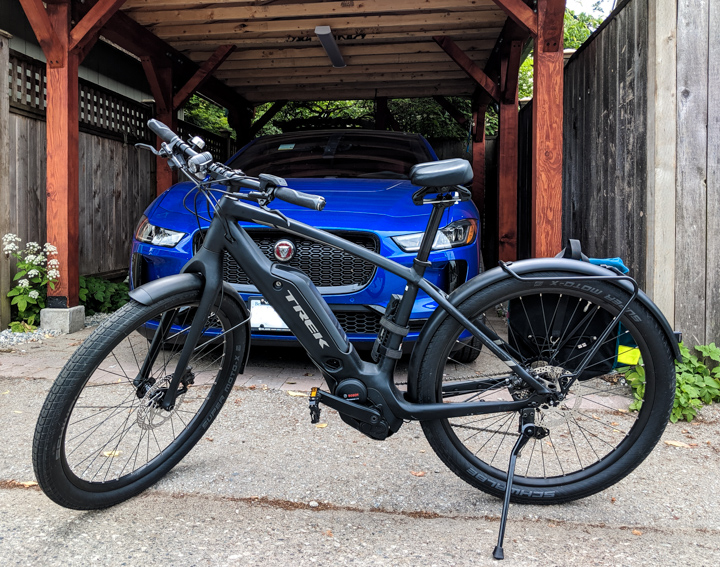
My wife works from home and my son takes a bus or a skateboard to college. My daughter still gets driven to school occasionally in some combinations of lousy weather and an extra-heavy load, but uses her bike and the bus and will do so increasingly as the years go by.
I used to take the train quite a bit but the combination of Covid and leaving Amazon means it’s only rarely a good alternative to bicycling. Hmm. We use car-share a lot for going to concerts and so on because they avoid the parking hassle, and when we need a van to schlep stuff around for a couple of hours.
Now, due to the hyperoverentitledness noted above, we have the good fortune to live in a central part of the city and all these commute options are a half-hour or less. This part of decarb is way harder in the suburbs and that’s where many just have to live for purely economic reasons.
Decarb: Get fossil fuels out of the house
Houses run on some combination of electricity and fossil fuels, mostly natural gas but some heating oil. The biggest win in this space is what Amory Lovins memorably christened negawatts — energy saved just by eliminating wastage. In practical terms, this means insulating your house so it’s easier to heat and/or cool, and switching out incandescent lights for modern LEDs.
Ubiquitous LEDs are a new thing but they’re not the only new thing. For heating and cooling, heat pumps are increasingly attractive. Their performance advantage over traditional furnaces is complicated. Wikipedia says the proper measure is coefficient of performance (COP), the ratio of useful heat movement per work input. Obviously a traditional furnace can’t do better than 1.0; a heat pump’s COP is 3 or 4 at a moderate temperature like 10°C and decreases to 1.0 at around 0°C. So this is a win in a place like Vancouver but maybe not if you’re in Minnesota or Saskatchewan.
Heat pump technology also works for your hot-water tank.
Another new-ish tech, popular in parts of Europe for some time now, is induction cooking. It’s more efficient than gas cooking, which is in turn more efficient than a traditional electric cooktop. For those of you who abandoned electric for gas years ago because it was more responsive, think again: Induction reacts just as fast as gas and boils water way faster.
Note that all these technologies are electric, so your decarb advantage depends on how clean your local power is. Here in the Pacific Northwest where it’s mostly hydroelectric, it’s a no-brainer. But even if you’ve got relatively dirty power the efficiency advantage of the latest tech might put you ahead on the carbon count.
Also bear in mind that your local electricity will likely be getting cleaner. If you track large-scale energy economics, the cost of renewables, even without subsidies, even with the need for storage, has fallen to the point where it not only makes sense to use it for new demand, in some jurisdictions it makes sense to shut down high-carbon generating infrastructure in favor of newer better alternatives.
Family progress report: Good, but…
We had a twenty-year-old gas range which was starting to scare us from time to time, for example when the broiler came on with a boom that rattled the windows. So early this year we retired it in favor of a GE Café range, model CCHS900P2MS1. It makes the old gas stove feel like cave-man technology. Quieter, just as fast, insanely easier to clean, and safer.
On the other hand, it requires cookware with significant ferrous content, which yours maybe doesn’t have; we had to replace a few of ours. And one thing that really hurts: It doesn’t work with a wok so we stir-fry a whole lot less.

Modern induction range with a traditional cast-iron frying pan, making pancakes.
Now, as for those negawatts: We live in a wooden Arts-and-Crafts style house built in 1912 and have successively updated the insulation and doors and windows here and there over the years to the point where it’s a whole lot more efficient than it was. Late last year we went after the last poorly-insulated corner and found ourselves spending several thousand dollars on asbestos remediation.
Also in early 2020 we installed a Mitsubishi heat pump and a heat-pump-based hot-water tank. This turns out (in 2021 in Western Canada) to be quite a bit more expensive than heating the house with gas was. Also, modern furnaces (compared to the decades-old boxes they replaced) want to pump more air and pump it gently. There is one bedroom that we just couldn’t get properly ducted without a major house rebuild and it’s kind of cold now.
Another downside is that the tech isn’t fully debugged. The thermostat that came with the thing is really primitive and we haven’t been able to make a more modern one work with it.
Having said that, when the furnace is on, it’s a whole lot quieter and gentler than what it replaced.
One consequence is that we can turned off the natural gas coming into the house, which makes us feel good on the decarb front. And then there’s the earthquake issue; Where we live we’re overdue for The Big One and when it comes, if your house doesn’t fall down on you, another bad outcome is a natural-gas leak blowing you to hell.
Decarb: Fly less
Yeah, the carbon load from air travel is bad. The first few electric airplanes are starting to appear; but no-one believes in electric long-haul flights any time soon.
Family progress report: bad, used to be worse.
For decades, as the public face of various technologies, I was an egregious sinner, always jetting off to this conference or that customer, always with the platinum frequent-flyer card, often upgraded to biz class.
Since I parted ways with Google in 2014 and retreated into back-room engineering then retirement, things have been better. But not perfect; we have family in New Zealand and Saskatchewan, and take to the air at least annually. I haven’t any notion what proportion of air-flight carbon has business upstream, what proportion vacations, and what proportion love. I hope the planet can afford the latter and a few vacations.
Of course, Covid slaughtered biz travel and we don’t know yet how much will come back. I can’t imagine that anyone thinks it’ll go 100% back to the way it was, thank goodness.
Decarb: Eat less meat
The numbers for agriculture’s share of global carbon load are all over the place; I see figures from 9% to twice that. The UN Food and Agricultural Organization says global livestock alone accounts for 14.5% of all anthropogenic GHG emissions. So if the human population backed away from eating dead animals, it’d move the needle.
Family progress report: Not that great but improving.
We eat more vegetarian food from year to year, especially now that my son cooks once or twice a week and generally declines to include meat in what he makes. I make progress but slower, not so much because meat is tasty and nutritionally useful but because it’s easy; less chopping and other prep required. In a culture that’s chronically starved for time, this is going to be a heavy lift.
Also we’ve cut way back on beef, which is the worst single part of the puzzle. I think it’s probably perfectly OK for a human to enjoy a steak or a burger; say, once per month.
Decarb: Random sins
You probably shouldn’t have a motorboat (which we do) and if you do you should use it sparingly (which we do).
You probably shouldn’t burn wood in a fireplace (which we do) and if you do you should use it sparingly (which we do).
[To be updated].












 Jonathan Duda shares how he cycled the entire length of the historic Erie Canal. It is a 360 mile route across New York State from Buffalo to Albany. All who complete this route become certified “End-to-enders”!
Jonathan Duda shares how he cycled the entire length of the historic Erie Canal. It is a 360 mile route across New York State from Buffalo to Albany. All who complete this route become certified “End-to-enders”!
